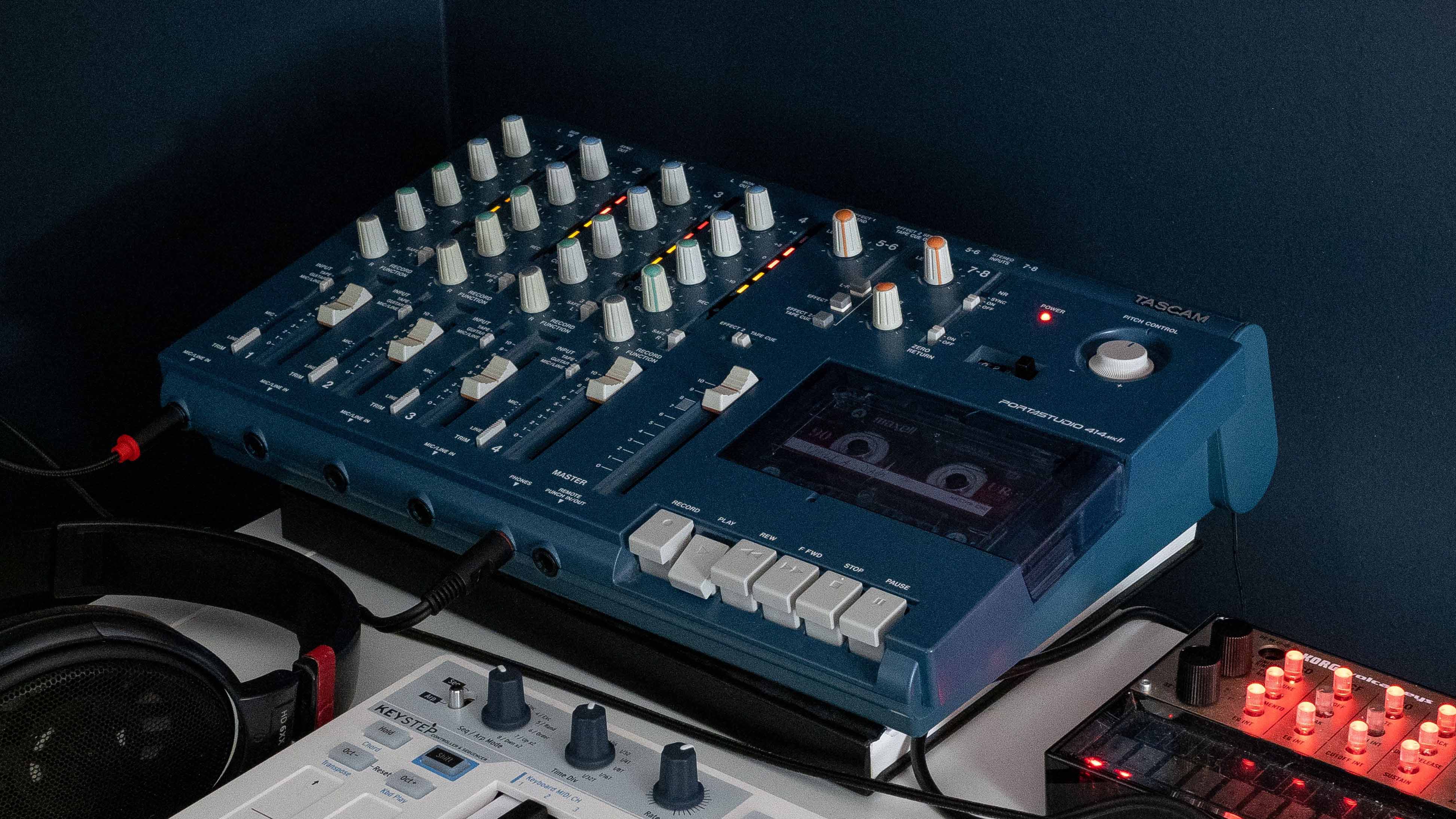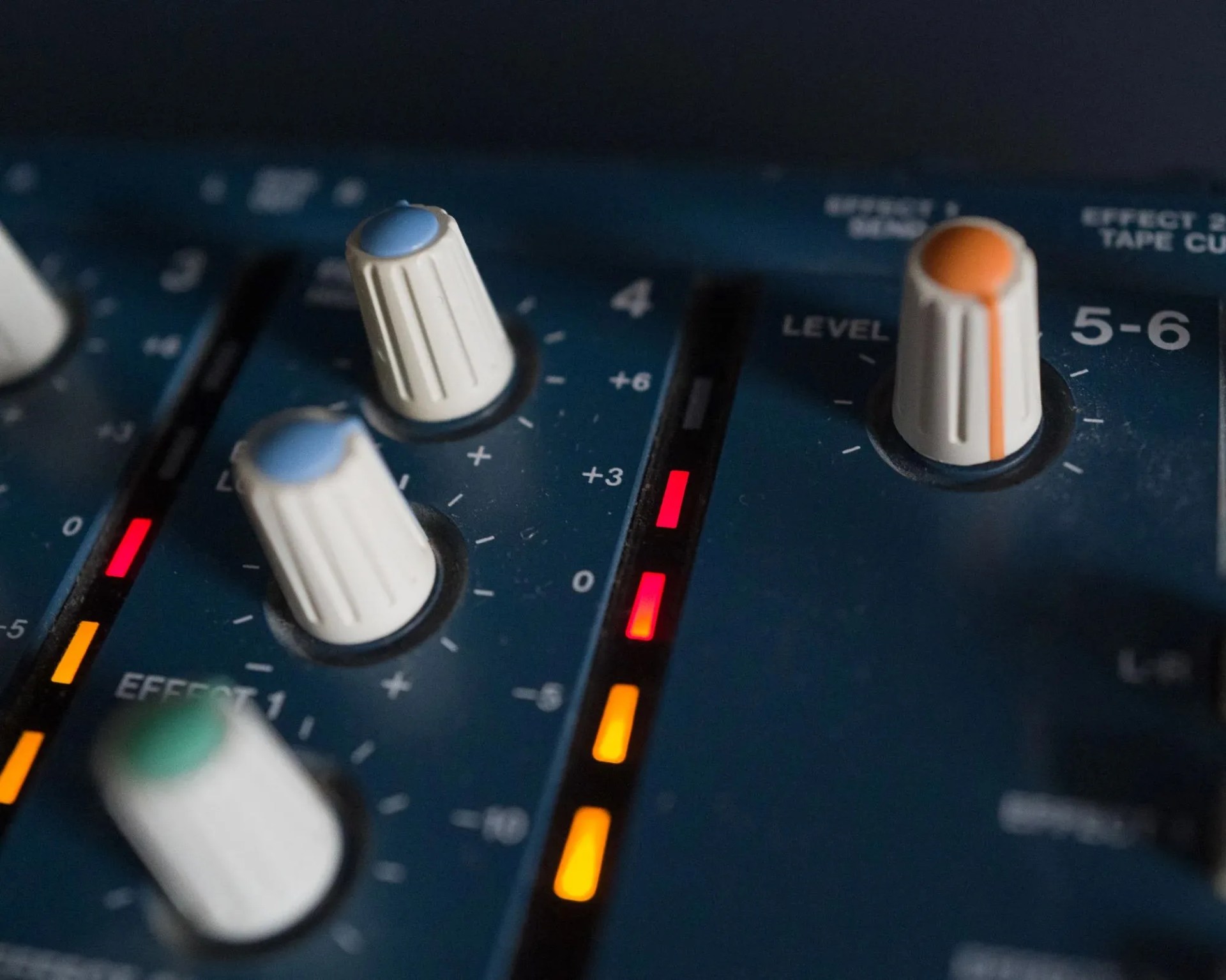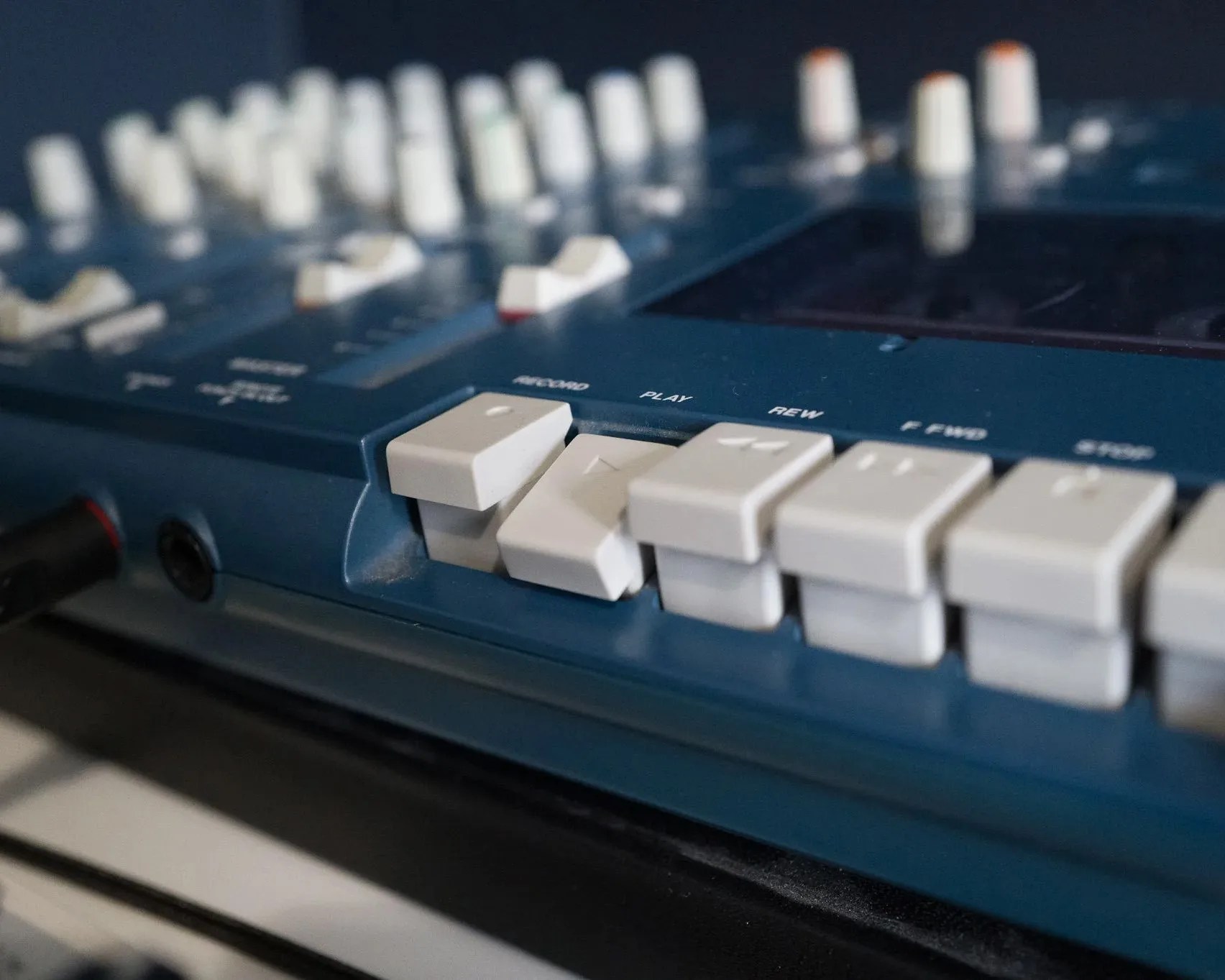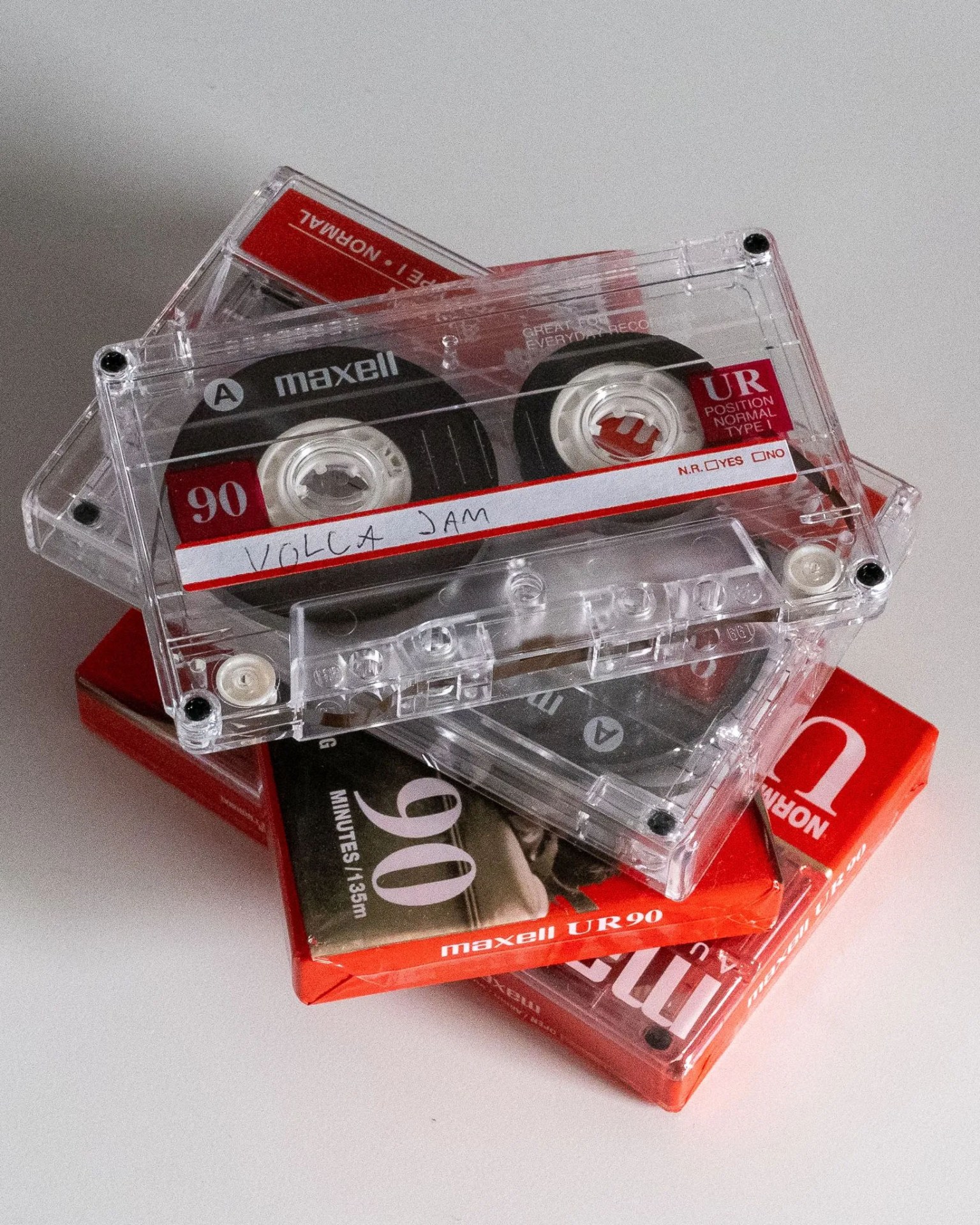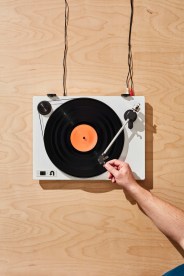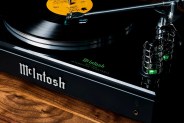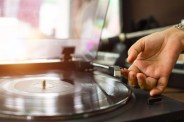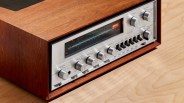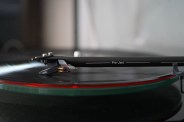For the past ten years or so I’ve been a musical rut, playing the same half-dozen, half-written songs on guitar once every other blue moon and listening to the same handful of punk bands I listened to in high school.
I’ve been a musician for most of my life. Between church choirs, garage bands, and a cappella groups, I’ve been involved in organized (but never professional) music-making for the better part of several decades.
But, after so long uninspired, I thought that maybe the musical part of my life was mostly behind me. Until the Tascam Portastudio 414 MKII brought it all flooding back.
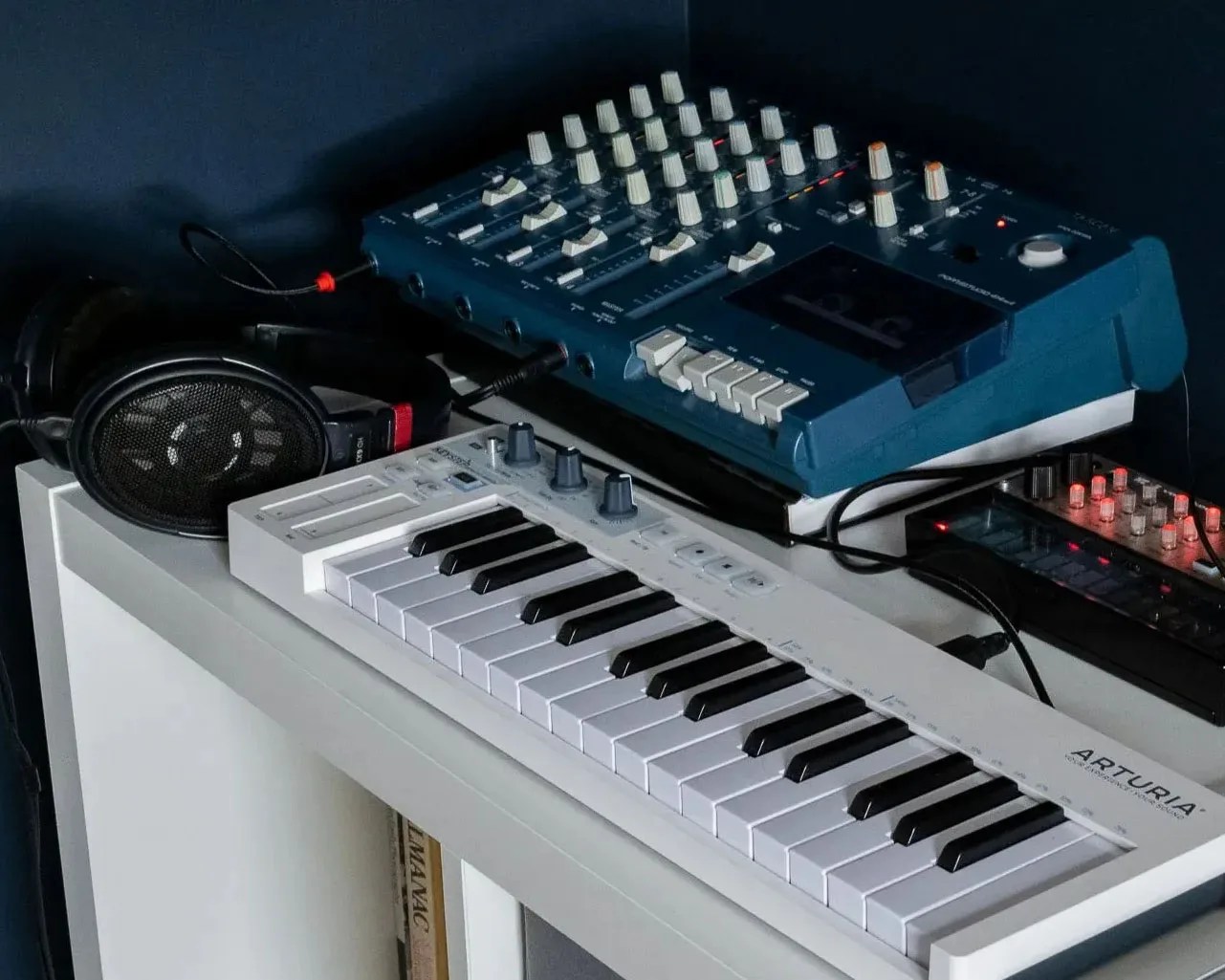 Photo by Eric Limer for Gear Patrol
Photo by Eric Limer for Gear PatrolReleased at the tail end of the 90s, the Portastudio 414 MKII harkens back to a time before MacBooks shipped with Garageband. If you wanted to record music with multiple tracks that could be altered independently, you were looking at booking studio time or buying something like this lovely big blue beast. And make no mistake, this chunky boy can deliver if you’ve got the chops.
Bruce Springsteen’s Nebraska, a few early Ween records, and some vintage Weird Al tunes were all recorded on a Portastudio of one make or another.
More recently, Nine Inch Nails’s Alessandro Cortini has been almost single handedly responsible for making the 414 MKII in particular cool again with his unorthodox (and extremely sick) use of the device as an instrument in live performance.
